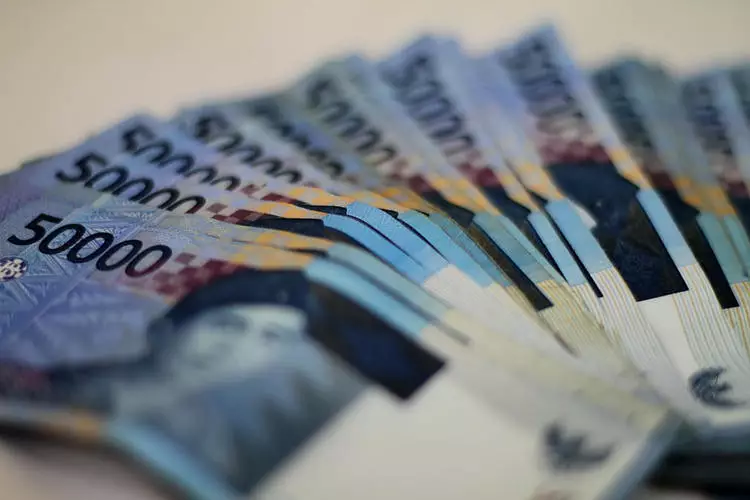Recently, the Indonesian Rupiah (IDR) has encountered significant challenges, primarily attributed to escalating geopolitical tensions in the Middle East. This situation has fostered a climate of risk aversion among investors, compelling them to turn to safer assets. As a result, the US Dollar (USD) has gained traction, particularly against the Rupiah, which saw a depreciation of about 1% against its American counterpart, settling around 15,400.00 during early trading sessions.
Risk aversion typically manifests in markets through a shift from high-yield investments to safer havens. In this scenario, the geopolitical climate is a critical influencer. The rise in tensions tends to lead investors to prioritize stability over potential returns, thereby impacting currency valuations. Increased unrest instigates a protective investment strategy, driving demand for the USD, which is perceived as a secure asset during turbulent times.
A further layer to this narrative is the shifting expectations surrounding the Federal Reserve’s monetary policy. The likelihood of a direct rate cut in November appears to be diminishing, with current market sentiment suggesting only a 65.9% chance of a modest 25-basis-point cut. Just a week prior, this probability hovered around 49.3% for a 50 basis point reduction. The reduction in anticipated cuts correlates with rising Treasury yields, which bolster the appeal of the USD.
Market participants are acutely aware that interest rates play a vital role in currency valuations. Higher rates often lead to increased demand for a currency as they offer better returns on investments denominated in that currency. Thus, with expectations of a gentler approach from the Federal Reserve, the US Dollar continues to rise in value, contributing to the depreciation of the IDR.
In response to the unfavorable market conditions, Bank Indonesia has initiated measures within the foreign exchange market to stabilize the Rupiah. Such interventions are essential in maintaining a balance between supply and demand. This proactive approach is critical considering that Indonesia’s inflation rate recently dropped to 1.84%, signaling effective monetary policy management. The current inflation rate is comfortably within the central bank’s target, which ranges from 1.5% to 3.5%.
By guiding the currency’s value and providing assurances to investors, Bank Indonesia aims to bolster confidence in the Rupiah, which can mitigate its losses against a strengthening USD. However, the effectiveness of these interventions can often be short-lived, particularly if external factors remain detrimental.
Understanding the broader market dynamics during periods of risk aversion is crucial for analyzing currency movements. In finance, the terms “risk-on” and “risk-off” denote the levels of risk investors are willing to accept at any given time. A “risk-on” environment usually fosters optimism, leading investors to purchase riskier assets such as stocks or commodities. In contrast, during a “risk-off” phase, investors tend to flock to safer assets, including bonds and stable currencies like the USD, Japanese Yen, and Swiss Franc.
During risk-off scenarios, commodities that typically thrive on economic growth tend to underperform, while safe-haven assets shine. In times of unrest or uncertainty, bonds, particularly government bonds, become more attractive. This phenomenon creates a distinct disparity between the performance of currencies like the Australian Dollar and the USD.
Looking ahead, the trajectory for the IDR will heavily depend on external geopolitical developments and domestic monetary policy decisions. Investors will be monitoring both the Middle East situation and Federal Reserve announcements closely. Furthermore, if Bank Indonesia’s interventions prove successful, there’s potential for stabilization of the Rupiah, assuming that global tensions ease and investor confidence is restored.
The USD/IDR currency pair encapsulates the ongoing interplay between geopolitical tensions, central bank interventions, and market psychology. As these dynamics unfold, analysts and investors alike will need to remain vigilant about broader economic indicators and sentiments that influence currency fluctuations, recognizing that the currency market is inherently sensitive to various external pressures.

